Introduction
The chapter concerning the therapies aimed at the treatment of dystonia is very complex and, at the same time, delicate and thorny: unfortunately, science has not yet identified a definitive and decisive cure to definitively eradicate the kinetic disorder. Each dystonic patient is unique, since the disease begins or progresses through different symptoms, sometimes stable over time, other times variable; consequently, therapy must be tailored to the individual.

Therapies
Considering that the chances of complete and definitive healing of the dystonia are almost nil, the therapies aim above all at the correction of spastic symptoms, at the reduction of pain, at the assumption of less incorrect postures and, above all, at the improvement of the patient's quality of life.
At the base of the therapeutic treatments, the etiological investigation: as already discussed, unfortunately, the search for the causes is not always identified and it is precisely this that prevents finding the most suitable therapy; consequently, the improvement of the dystonic condition is slowed down and, in some cases, even prevented. In secondary forms, which therefore result from particular diseases (neoplasms, stroke, taking neuroleptics for long periods, etc.), the patient responds more satisfactorily to therapies, precisely because the triggering cause is known. "the only approach for primary dystonia remains symptomatic therapy, that is, treatment based solely on symptoms.
Following oral administration of specific drug specialties, a positive response was observed in most of the generalized dystonic forms with juvenile onset.
The most commonly adopted treatment options are summarized below:
- Oral administration of targeted pharmacological specialties
- Intrathecal administration of muscle relaxants
- Botulinum toxin injections: particularly useful for the treatment of focal forms of dystonia. Botulinum toxin is the drug of choice not only for the treatment of dystonias, but also for all forms of dyskinesia. Do not forget that the botulinum toxin remains one of the most powerful and lethal poisons in nature: the Clostridium botulinum it can generate a progressive paralysis (flaccid paralysis), involving the mimic muscles, swallowing and breathing, thus inducing death. In any case, the power of the beating is also exploited in the medical field: the ability of the botulinum toxin to release the muscles is used in order to resolve dystonia and, more generally, to heal severe hypokinetic and hyperkinetic disorders. The botulinum toxin is injected directly into the muscle involved in the dystonia and the effect is almost rapid in most patients (positive results after 10 days).
- Surgical therapy: the only conceivable option for patients who do not respond to drug treatments. For example, selective peripheral denervation is recommended for the treatment of laryngeal dystonia, while surgical myomectomy is preferred for blepharospasm.
- Neurosurgery intervention: the therapy target is represented by the deep nuclei located near the brain. Neurosurgery involves the subcutaneous insertion of a particular electrode, directly connected to a pacemaker, placed in the upper region of the thorax.
- Non-drug therapies: Generally, these treatment options are recommended in conjunction with targeted drug treatments. In any case, by "non-drug therapy" we mean a particular approach, based on physical (physiotherapy) or verbal (speech therapy) therapies, aimed at acquiring greater awareness and self-control on the part of the patient. In addition, physiotherapy sessions they are useful for optimizing pharmacological therapies, in particular those based on injections of botulinum toxin.
- Psychological support therapy
- Limb cast: therapeutic option useful for curing the cramp of the scribe, the musician or for all occupational dystonias. The cast causes the immobility of the limb involved (eg hand-arm), therefore a hypothetical recovery of the disorder.
- Physical therapy: as can be guessed, physical therapy is not able to cure dystonia, since it is a mostly neurological disorder. Physical therapy is still a valid option, useful for the patient to monitor and self-manage secondary symptoms caused by dystonia Clearly, physical therapy cannot replace pharmacological therapy, but it represents a benefit to complete it, therefore to improve the quality of life of the dystonic.
- Complementary therapy: This therapy is aimed at relieving dystonic spastic symptoms, not at healing them. It is based on relaxation techniques (eg yoga, meditation, pilates, etc.), sometimes also associated with acupuncture, aimed at alleviating pain.
Prognosis and conclusions
As analyzed, there is no definite and established cure for the various dystonic forms. The "age of onset" of dystonia is fundamental to hypothesize an evolutionary prognosis of the kinetic disorder: when dystonia occurs at an early age, the chances of disease degeneration are unfortunately higher than in those patients whose dystonia begins in adulthood. Consequently, patients with dystonia during adulthood are more likely to have a positive prognosis. As for focal dystonia, the prognosis is only rarely good, as this dystonic form only rarely tends to worsen.
Each dystonic individual is unique, since the symptoms associated with the disease, as well as the contractions and spasms, are not always the same in the sick; currently, science does not have adequate instruments capable of providing a "hypothetical prognosis of dystonia. Some forms of dystonia stabilize over the years, others worsen, others seem to stabilize but in case of stress the symptoms worsen. In conclusion , there is still no definitive therapy, therefore the prognosis cannot be hypothesized; in any case, a timely intervention is certainly able to reduce the symptoms and alleviate the pain, both physical and psychological, induced by dystonia.
Other articles on "Dystonia: therapies and prognosis"
- Dystonia: causes and diagnosis
- Dystonia
- Dystonia: Classification
- Focal Dystonia
- Neurovegetative dystonia (paroxysmal)
- Dystonia in Brief: Summary on Dystonia

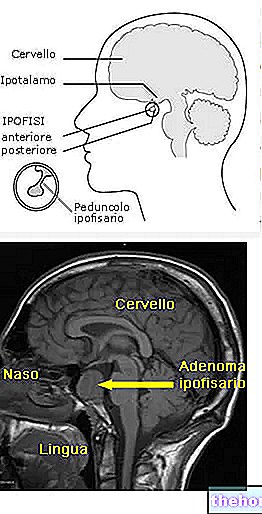
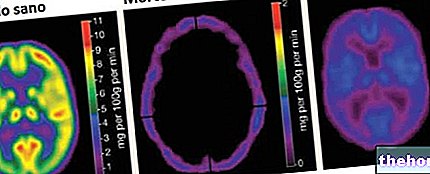
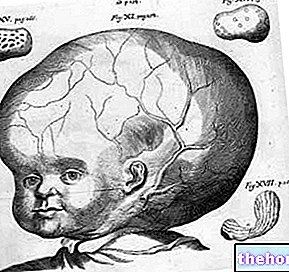
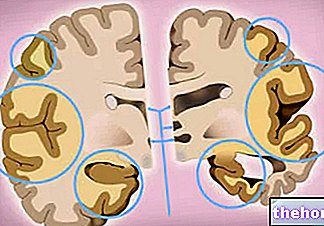
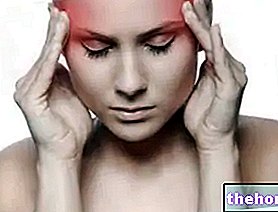

















-nelle-carni-di-maiale.jpg)




